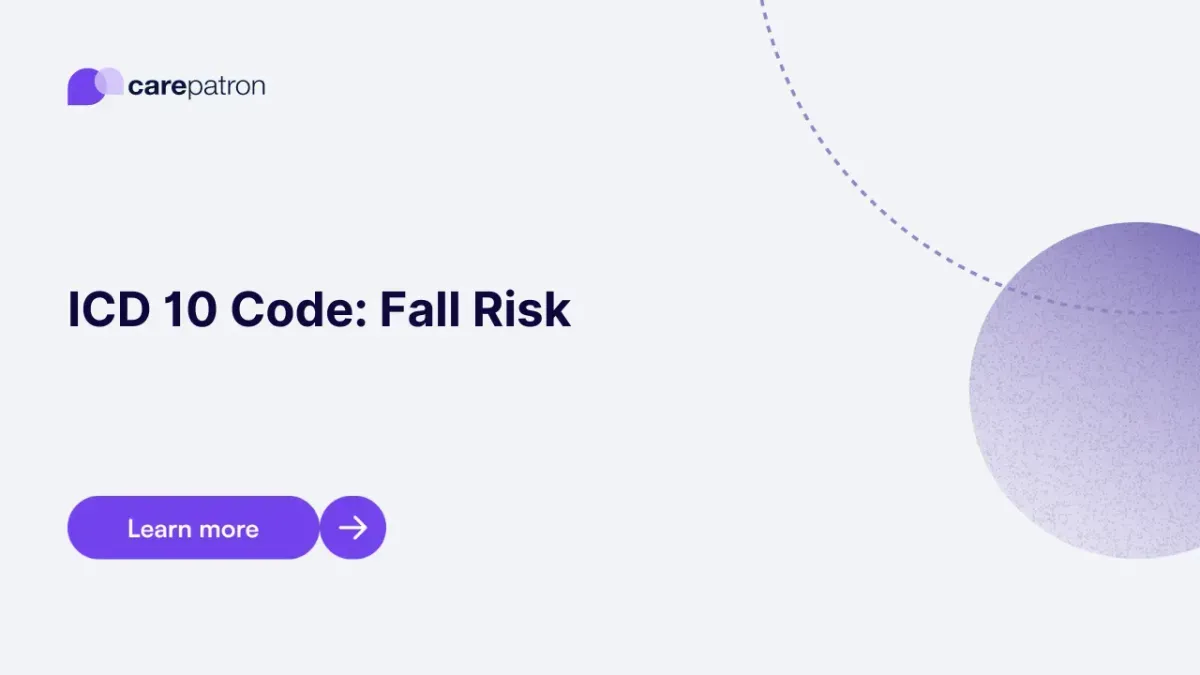
Fall Risk ICD-10-CM Codes
Read this comprehensive guide on fall risk ICD codes. Understand the codes, their billability, and their clinical relevance in depth.
Use Code
Commonly asked questions
Common causes include muscle weakness, balance issues, certain medications, vision problems, and environmental hazards like clutter or poor lighting.
Fall risk can be reduced through physical therapy, medication reviews, regular vision checks, home safety assessments, and assistive devices.
Yes, older adults, especially those with chronic conditions, mobility issues, or cognitive impairments have a high risk for falling.
EHR and practice management software
Get started for free
*No credit card required
Free
$0/usd
Unlimited clients
Telehealth
1GB of storage
Client portal text
Automated billing and online payments
